
In a world where human survival depends on carefully controlled conditions, certain resilient creatures defy our understanding of biological limitations. Among Earth’s most remarkable inhabitants are extremophile bugs—organisms that can withstand conditions that would instantly kill humans and most other life forms. From scalding volcanic environments to the deadly radiation of nuclear disasters and even the airless void of space, these tiny titans of survival showcase nature’s extraordinary adaptability. Their existence challenges our assumptions about life’s boundaries and offers valuable insights for fields ranging from medicine to space exploration. Let’s explore these remarkable organisms and the extraordinary adaptations that allow them to thrive where nothing should survive.
The Extraordinary World of Extremophiles

Extremophiles represent a category of organisms adapted to survive in environments once thought incompatible with life. These remarkable creatures have evolved specialized biological mechanisms that allow them to endure conditions that would destroy the cellular structures of most living things. While some extremophiles are microorganisms like bacteria and archaea, others are multicellular invertebrates with surprising complexity. Their existence challenges our fundamental understanding of the requirements for life and expands our conception of habitable environments both on Earth and potentially elsewhere in the universe. Scientists continually discover new extremophiles that push the boundaries of what we consider possible for biological systems.
Tardigrades: The Ultimate Survivors
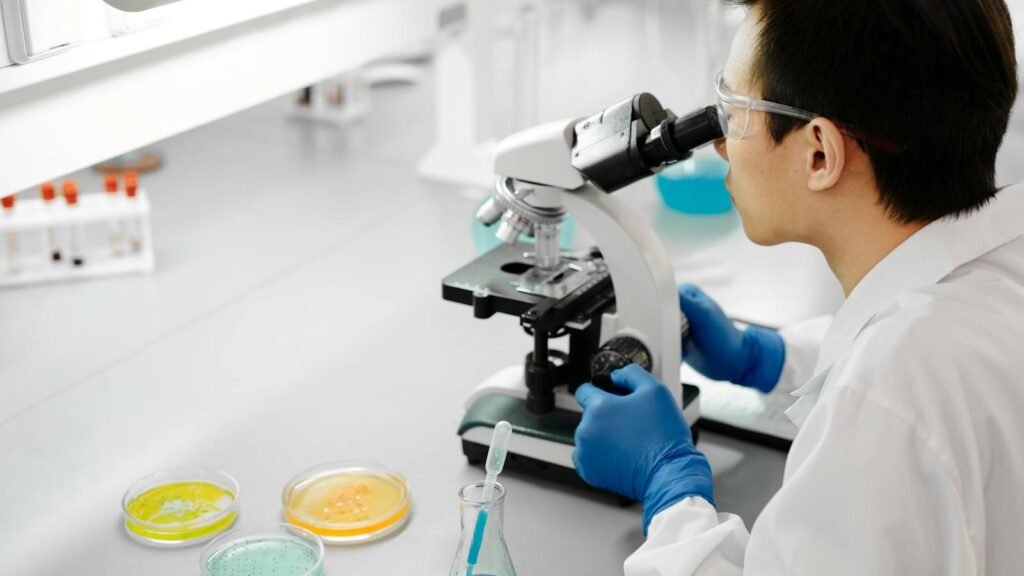
No discussion of extreme-resistant organisms would be complete without highlighting tardigrades, often called water bears or moss piglets. These microscopic eight-legged animals, typically measuring less than 1mm in length, have demonstrated an unparalleled ability to survive virtually any environment thrown at them. Tardigrades can withstand temperatures from near absolute zero (-458°F/-272°C) to well above boiling (300°F/150°C), pressure six times greater than the deepest ocean trenches, radiation doses thousands of times higher than what would kill a human, and complete dehydration for up to 30 years. Their most remarkable feat might be surviving the vacuum of space during experiments conducted on the exterior of orbiting spacecraft, making them the first known animals to survive direct exposure to space.
The Secret of Cryptobiosis
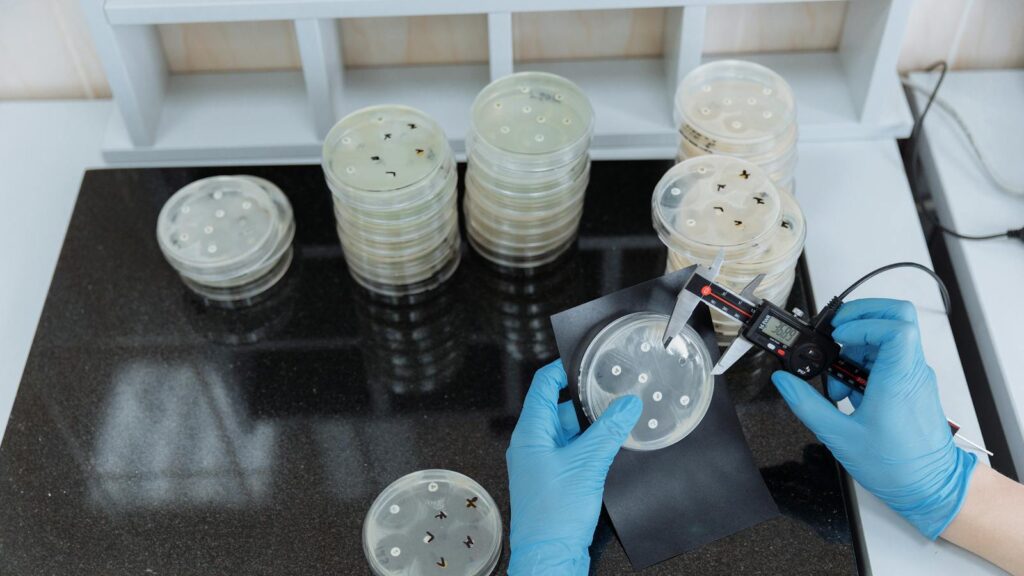
The key to many extremophiles’ survival lies in a remarkable state called cryptobiosis—essentially a suspended animation where metabolic processes slow to near-imperceptible levels. When tardigrades encounter extreme conditions, they can enter a dehydrated state called anhydrobiosis, where they lose over 95% of their body water and form a barrel-shaped structure called a tun. In this state, they produce protective compounds like trehalose, a sugar that replaces water in cells and stabilizes their proteins and membranes. Additionally, tardigrades produce unique proteins called Damage Suppressor (Dsup) proteins that can shield DNA from radiation damage. This metabolic shutdown allows them to endure extreme conditions for extended periods, essentially pausing life until favorable conditions return, when they can rehydrate and resume normal biological functions.
Pompeii Worms: Life in the Volcanic Inferno
Alvinella pompejana, commonly known as the Pompeii worm, has evolved to thrive in one of Earth’s most hostile environments—the hydrothermal vents in the Pacific Ocean’s abyssal depths. These remarkable creatures build tubes along the sides of active black smokers, where they experience a thermal gradient few organisms could survive. Their tails may be immersed in water exceeding 176°F (80°C), while their heads extend into cooler waters around 72°F (22°C). The Pompeii worm’s survival depends on a symbiotic relationship with thermoprotective bacteria that form a protective fleece on its back, insulating it from the extreme heat. Scientists believe these bacteria produce special enzymes and proteins that help stabilize the worm’s cellular structures against temperatures that would normally denature proteins.
Thermophiles of Yellowstone’s Grand Prismatic Spring

The vibrant colors of Yellowstone National Park’s Grand Prismatic Spring aren’t just a spectacular visual display—they represent bands of different thermophilic microorganisms that thrive in scalding water. These heat-loving extremophiles include bacteria and archaea adapted to specific temperature ranges within the spring’s gradient. At the hottest center where temperatures approach boiling (199°F/93°C), microbes like Thermus aquaticus have revolutionized biotechnology through the discovery of heat-stable enzymes used in PCR (polymerase chain reaction). These organisms possess specially adapted proteins with additional bonds that prevent unfolding at high temperatures. Their cell membranes contain unique lipids that maintain proper fluidity and structure in conditions that would melt conventional cell membranes, allowing them to function in what would effectively be boiling soup for most organisms.
Deinococcus radiodurans: The Radiation-Resistant Marvel
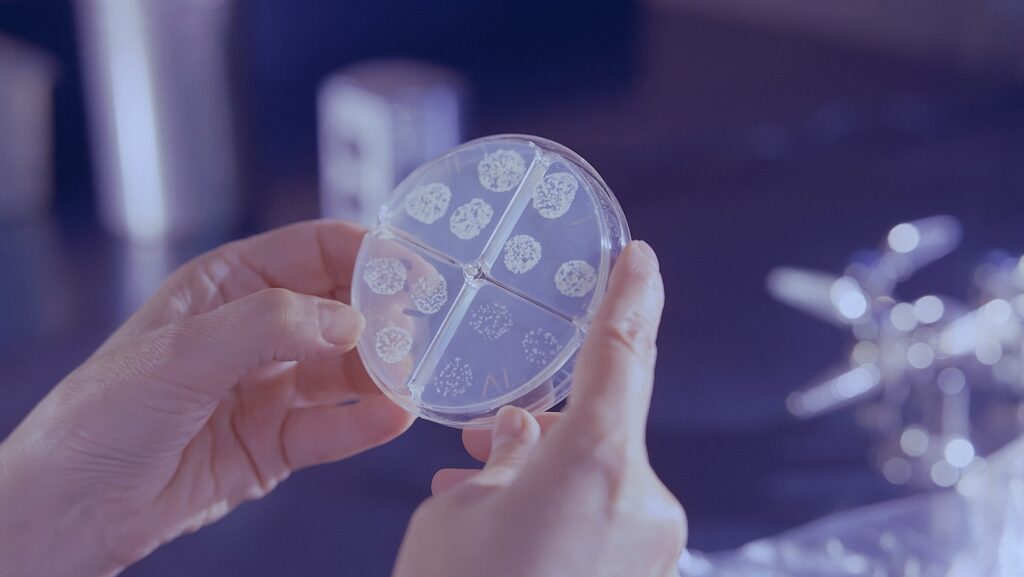
Nicknamed “Conan the Bacterium,” Deinococcus radiodurans holds the Guinness World Record as the world’s toughest bacterium due to its extraordinary radiation resistance. This remarkable microorganism can survive radiation doses up to 1,000 times greater than what would kill a human, withstanding up to 5,000 Grays of radiation with no loss of viability. The secret to its radiation resistance lies in its multiple genome copies and exceptional DNA repair mechanisms. When radiation shatters its DNA, D. radiodurans can reassemble its genetic material like a molecular jigsaw puzzle, using redundant copies as templates to ensure accurate reconstruction. Additionally, the bacterium arranges its DNA in a tightly packed toroidal (donut-shaped) structure that helps prevent fragments from drifting apart after damage occurs, facilitating more efficient repair.
Thermococcus gammatolerans: Combining Heat and Radiation Resistance
Discovered in hydrothermal vents in the Gulf of California, Thermococcus gammatolerans represents an impressive combination of extremophile traits. This archaeon not only thrives in water temperatures around 176°F (80°C) but also demonstrates exceptional resistance to gamma radiation, withstanding doses up to 30,000 Grays without losing viability. By comparison, a dose of just 5 Grays would be lethal to humans. Scientists believe T. gammatolerans evolved these dual resistances because the natural radioactivity in hydrothermal environments, combined with high temperatures, creates conditions similar to radiation exposure. The organism’s genome contains multiple specialized DNA repair enzymes and protective proteins that combat both heat and radiation damage, making it a subject of interest for applications in nuclear waste management and space technology.
Polypedilum vanderplanki: The Resurrector
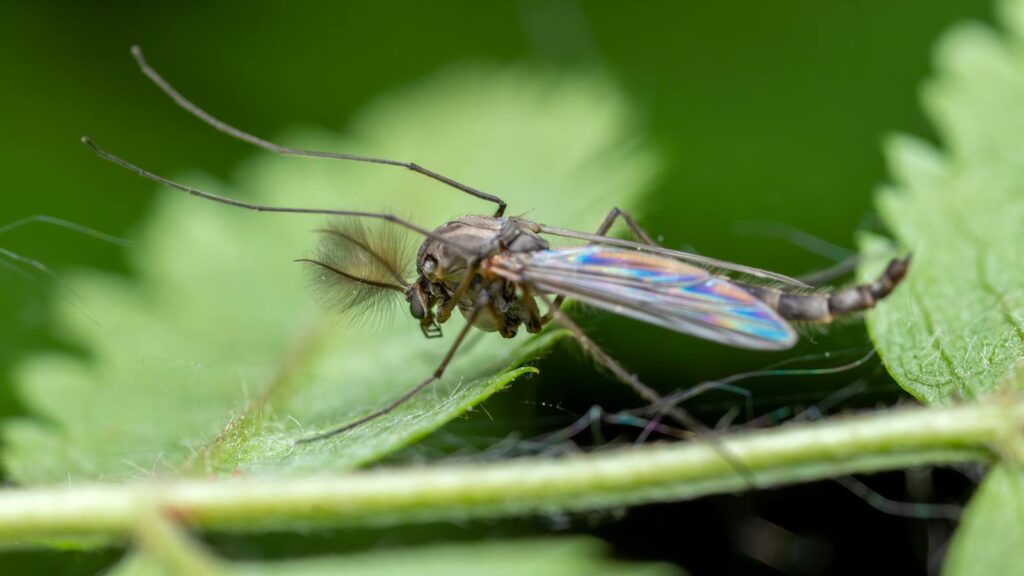
The larvae of the African chironomid midge Polypedilum vanderplanki, found in temporary rock pools in semi-arid regions of Africa, demonstrate extraordinary survival abilities that earned them the nickname “resurrection larvae.” When their ephemeral habitats dry up, these larvae can lose up to 97% of their body water through anhydrobiosis, entering a state of suspended animation that can last for up to 17 years. During dehydration, they produce large amounts of trehalose and heat shock proteins that protect their cells from desiccation damage. What makes these larvae particularly remarkable is their ability to withstand multiple extreme conditions simultaneously—they can survive temperatures from -328°F (-200°C) to 212°F (100°C), exposure to vacuum, and radiation doses hundreds of times higher than human lethal levels. Upon rehydration, these seemingly lifeless, desiccated larvae can resume normal activity within an hour.
Volcanic Nematodes: Life in Baking Soils

In 2019, scientists made the remarkable discovery of nematode worms living in Jiffy Pop-like pockets beneath the surface of Death Valley, California, where soil temperatures regularly exceed 122°F (50°C). These tiny roundworms represent some of the most heat-resistant animals known, able to reproduce and complete their life cycles in conditions that would cook most organisms. Their survival depends on specialized heat-shock proteins that prevent cellular proteins from unfolding and aggregating at high temperatures. Additionally, these nematodes possess modified cell membranes with lipid compositions that maintain proper fluidity despite extreme heat. Some species produce protective compounds like trehalose that stabilize proteins and cellular structures against thermal damage, allowing them to thrive in these scorching subterranean microhabitats.
Loricifera: Thriving Without Oxygen

In 2010, scientists made a groundbreaking discovery in the Mediterranean Sea’s L’Atalante Basin—the first known multicellular animals that can live their entire lives without oxygen. These loriciferans, tiny invertebrates less than 1mm in size, inhabit deep hypersaline anoxic basins where they’ve abandoned mitochondria, the oxygen-dependent powerhouses of cells. Instead, they use hydrogenosomes, organelles that can produce energy in oxygen-free environments. This discovery fundamentally changed our understanding of animal life, as multicellular organisms were previously thought to require oxygen. Their ability to thrive in environments with toxic sulfide concentrations 100 times higher than lethal levels for most marine organisms represents an extraordinary adaptation. These creatures provide valuable models for understanding how life might exist in oxygen-poor environments on other planets.
Archaea of Acidic Hot Springs
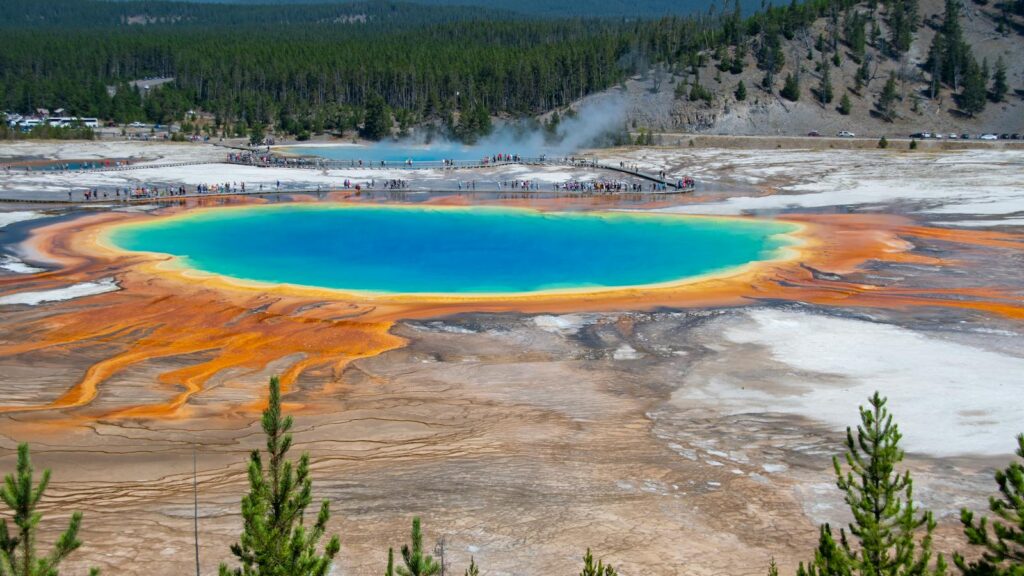
Some of Earth’s most extreme environments are acidic hot springs where pH levels can drop below 1 (more acidic than battery acid) and temperatures exceed 176°F (80°C). In these seemingly uninhabitable conditions thrive extremophiles like Picrophilus torridus, an archaeon that grows optimally at pH 0.7 and temperatures around 140°F (60°C). These remarkable organisms maintain internal pH levels close to neutral despite living in environments acidic enough to dissolve metal. Their cell membranes contain unique archaeol lipids that remain stable in extreme acid, while their surface proteins carry positive charges that repel protons, preventing acid penetration. Additionally, these archaea produce specialized proton pumps that actively expel any acid that does enter their cells, maintaining the delicate internal chemistry necessary for life.
Evolutionary Adaptations for Extreme Survival

The extraordinary abilities of extremophiles result from millions of years of evolutionary adaptations driven by the harsh conditions of their specialized niches. Unlike generalist organisms that evolved in moderate environments, extremophiles have undergone intense selection pressure that favored radical innovations in cellular architecture and biochemistry. Many extremophiles possess genes with no known counterparts in conventional organisms, producing unique proteins specifically adapted to function in conditions that would destroy normal cellular machinery. Some extremophiles have evolved redundant systems that serve as backups when primary cellular components fail under stress. Perhaps most remarkably, many extremophiles don’t merely survive extreme conditions—they require them, having become so specialized that moderate environments we find comfortable would actually inhibit their growth or prove fatal to them.
Implications for Astrobiology and Space Exploration
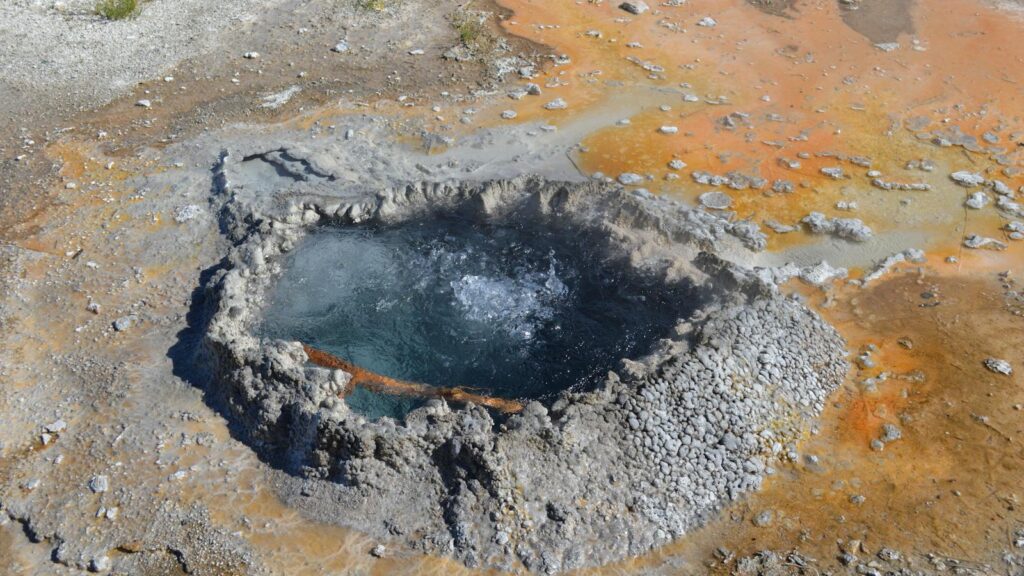
The existence of organisms that can withstand conditions similar to those found on other planets and moons has profound implications for astrobiology—the study of potential extraterrestrial life. Extremophiles expand our conception of habitable zones and suggest that life might exist in environments previously considered sterile, such as Mars’s radiation-bathed surface or beneath the ice crusts of Europa and Enceladus. Space agencies now use extremophiles to test the limits of life in simulated extraterrestrial conditions and develop better techniques for detecting potential biosignatures. Additionally, understanding how tardigrades and other radiation-resistant organisms protect their DNA could help develop better radiation shielding for human space travelers. Some scientists have even proposed using extremophiles in terraforming initiatives, where their ability to survive harsh conditions could make them pioneers in transforming inhospitable environments.
Applications in Biotechnology and Medicine
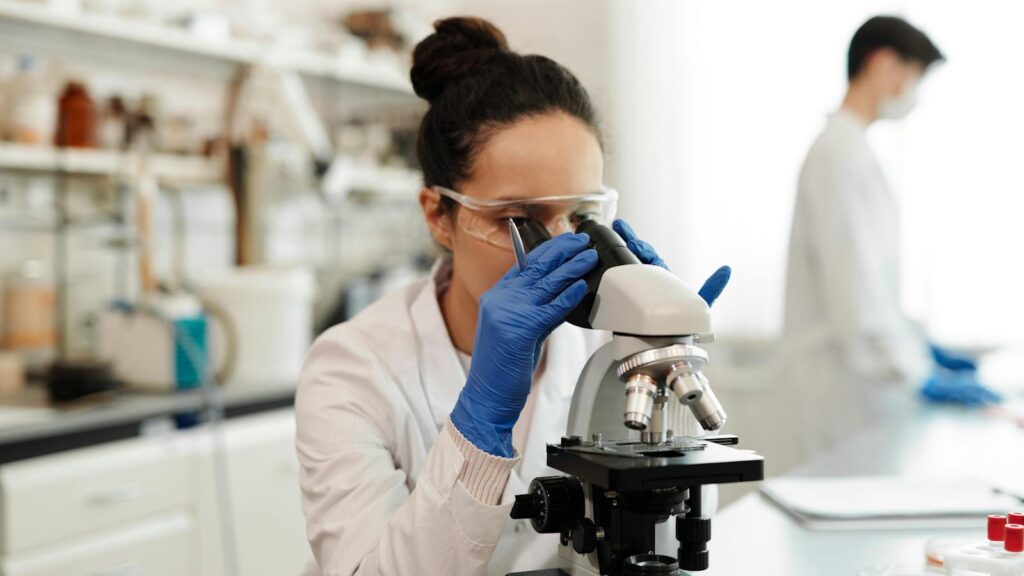
The unique adaptations of extremophiles have proven invaluable in numerous practical applications across multiple industries. Perhaps the most famous example is Taq polymerase, an enzyme isolated from Thermus aquaticus that revolutionized molecular biology by enabling PCR, the DNA amplification technique fundamental to modern genetic research, forensics, and COVID-19 testing. Extremozymes—enzymes from extremophiles—are increasingly used in industrial processes because they function under conditions that would denature conventional enzymes, allowing reactions to occur at higher temperatures, extreme pH levels, or in the presence of harsh chemicals. Medical researchers study radiation-resistant organisms to develop better radioprotective compounds for cancer patients undergoing radiation therapy. Additionally, understanding how tardigrades protect their cells during desiccation has inspired new approaches to room-temperature preservation of vaccines and blood products, potentially eliminating the need for cold chain storage in remote areas.
The Future of Extremophile Research
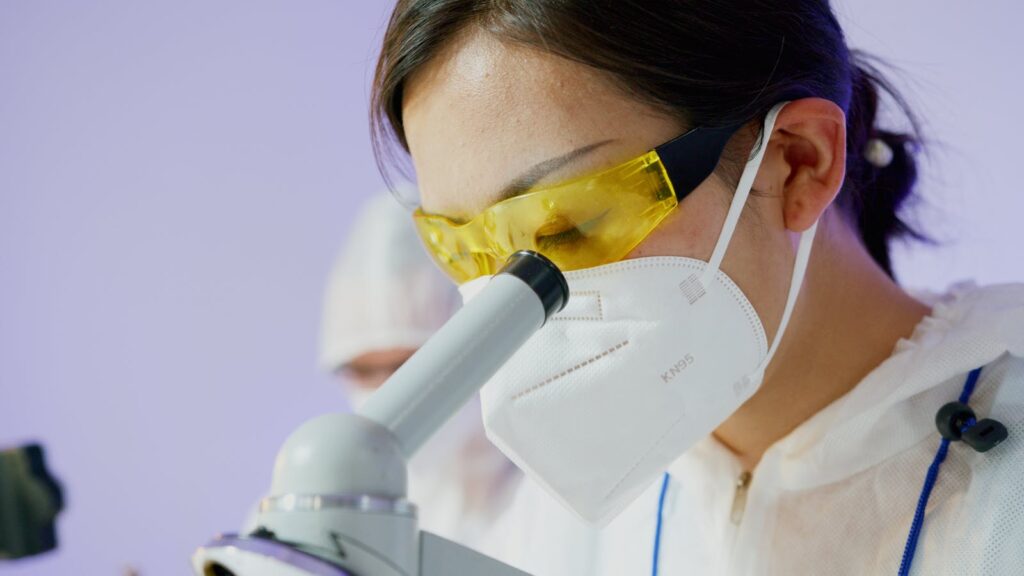
As exploration techniques improve, scientists continue to discover new extremophiles in previously inaccessible environments, from deep subsurface mines to stratospheric air samples. Advanced genomic tools now allow researchers to analyze the genetic basis for extreme resistance, identifying novel genes and pathways that could be harnessed through synthetic biology. Some scientists are investigating whether extremophile adaptations could be transferred to other organisms, potentially creating crops with enhanced drought resistance or microbes that could help remediate toxic waste sites. Space agencies are developing experiments to test whether extremophiles could survive on Mars or other celestial bodies, providing valuable data about the potential for life beyond Earth. Perhaps most fundamentally, continued study of these remarkable organisms challenges our understanding of life’s requirements and capabilities, suggesting that biology may be even more versatile and resilient than we currently comprehend.
Conclusion
The remarkable survival abilities of extremophile bugs represent one of biology’s most fascinating frontiers. From tardigrades surviving the vacuum of space to bacteria reconstructing radiation-shattered DNA, these organisms demonstrate life’s extraordinary adaptability to conditions once thought incompatible with biological systems. Their existence expands our understanding of life’s potential and offers practical applications across multiple fields. As we continue exploring Earth’s most extreme environments and venturing into space, these tiny survivors remind us that life’s resilience extends far beyond our initial expectations. The study of these extraordinary organisms not only reveals the incredible adaptability of life on Earth but also offers hope for discovering life in the seemingly inhospitable corners of our universe.
